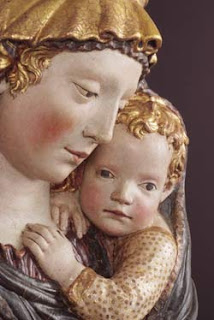 Do you remember what Barack Obama said soon after his meeting with China’s president Hu Jintao some three weeks ago? “We did note that while we recognize that Tibet is part of the People’s Republic of China, the United States supports the early resumption of dialogue between the Dalai Lama’s representatives and Beijing.” Well, now the “recognition” is running the risk of becoming a very popular motto in the language of international relations. And this is of course no surprise, because the U.S. is still the leading country in almost everything—except perhaps the fight for human rights, since the time that Barack Obama took office as President of the United States of America…
Do you remember what Barack Obama said soon after his meeting with China’s president Hu Jintao some three weeks ago? “We did note that while we recognize that Tibet is part of the People’s Republic of China, the United States supports the early resumption of dialogue between the Dalai Lama’s representatives and Beijing.” Well, now the “recognition” is running the risk of becoming a very popular motto in the language of international relations. And this is of course no surprise, because the U.S. is still the leading country in almost everything—except perhaps the fight for human rights, since the time that Barack Obama took office as President of the United States of America…What I’m trying to say is that in a diplomatic note to Beijing issued by the Danish government it is said that Denmark—ruled by a center-right coalition—will oppose Tibetan independence and carefully consider China’s reaction before inviting the Dalai Lama again:
Denmark is fully aware of the importance and sensitivity of Tibet-related issues and attaches great importance to the view of the Chinese government on these issues. […]
Denmark takes very seriously the Chinese opposition to meetings between members of the Danish Government and the Dalai Lama, and has duly noted Chinese views that such meetings are against the core interest of China, and will handle such issues prudently.
In this regard, Denmark reaffirms its One-China Policy and its unchanged position that Tibet is an integral part of China. Denmark recognises China’s sovereignty over Tibet and accordingly opposes the independence of Tibet.
What shall I say about that? What about this (along with Soeren Espersen, spokesman of the far-right Danish People’s Party)? The Danish government “is going on bended knee before China.” Or this: “The government has given in to Chinese pressure” to “preserve the interests of its companies,” as political analyst Hans Engell told the TV2 News television channel. In both cases it’s a sad scenario, isn’t it?
